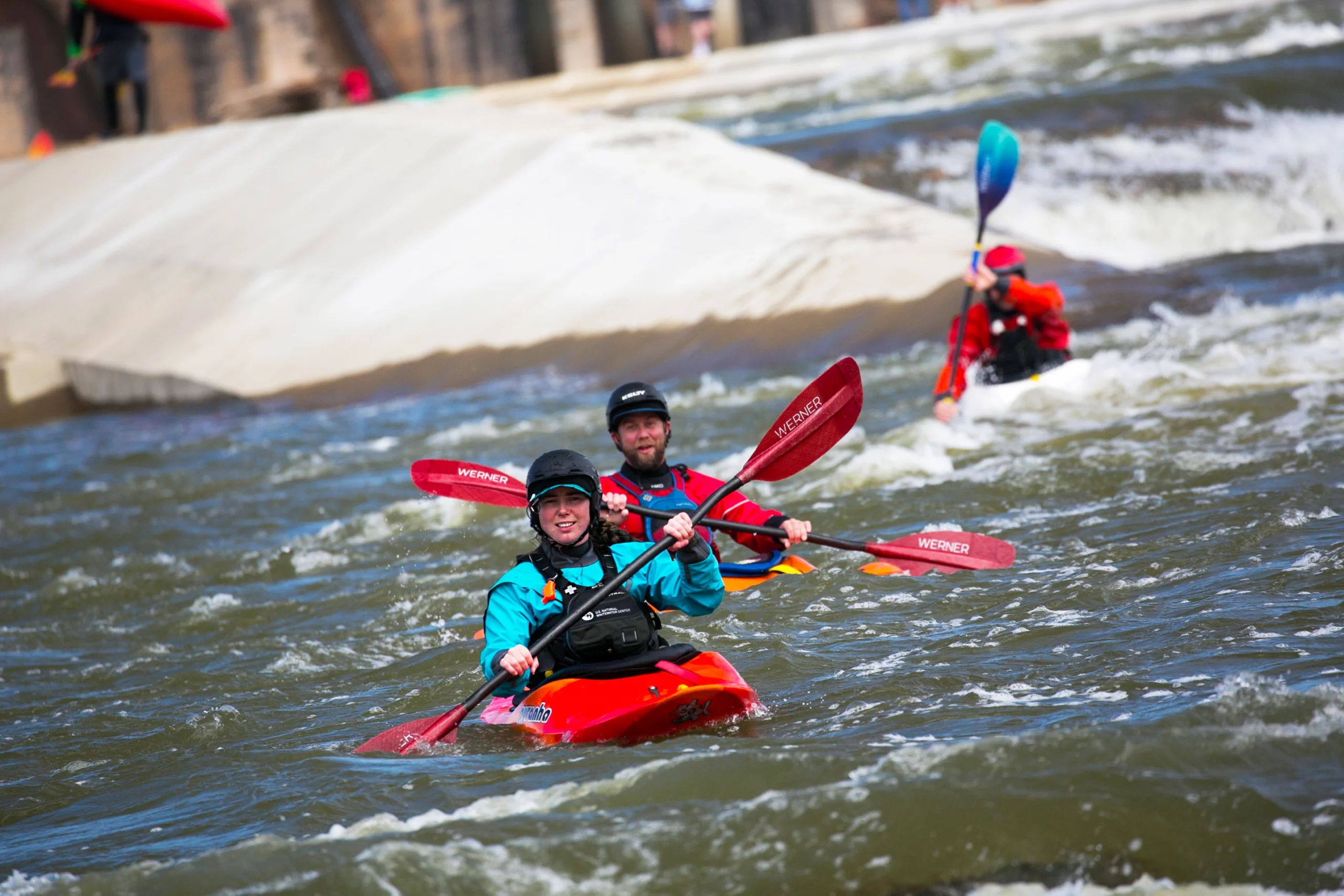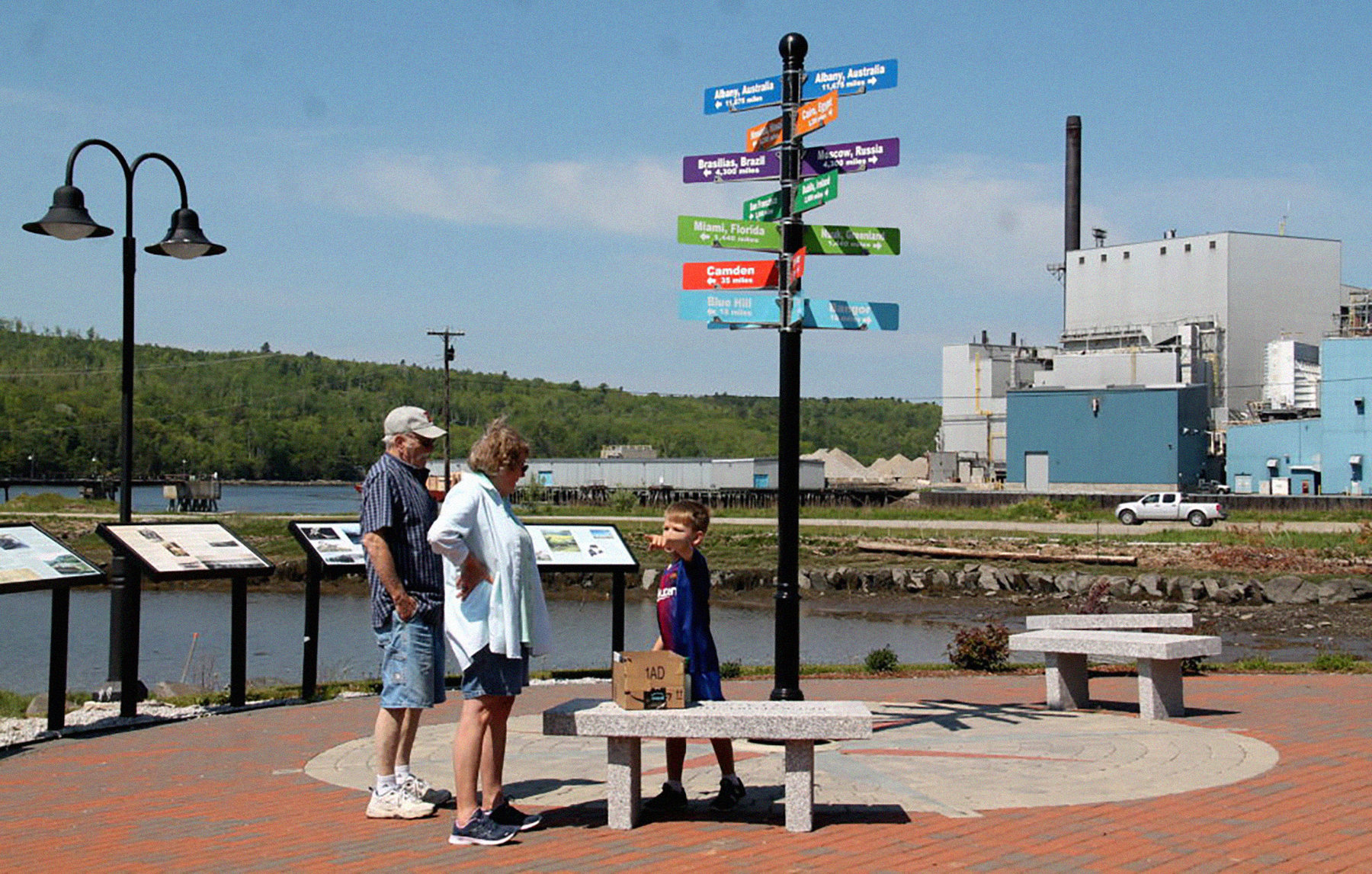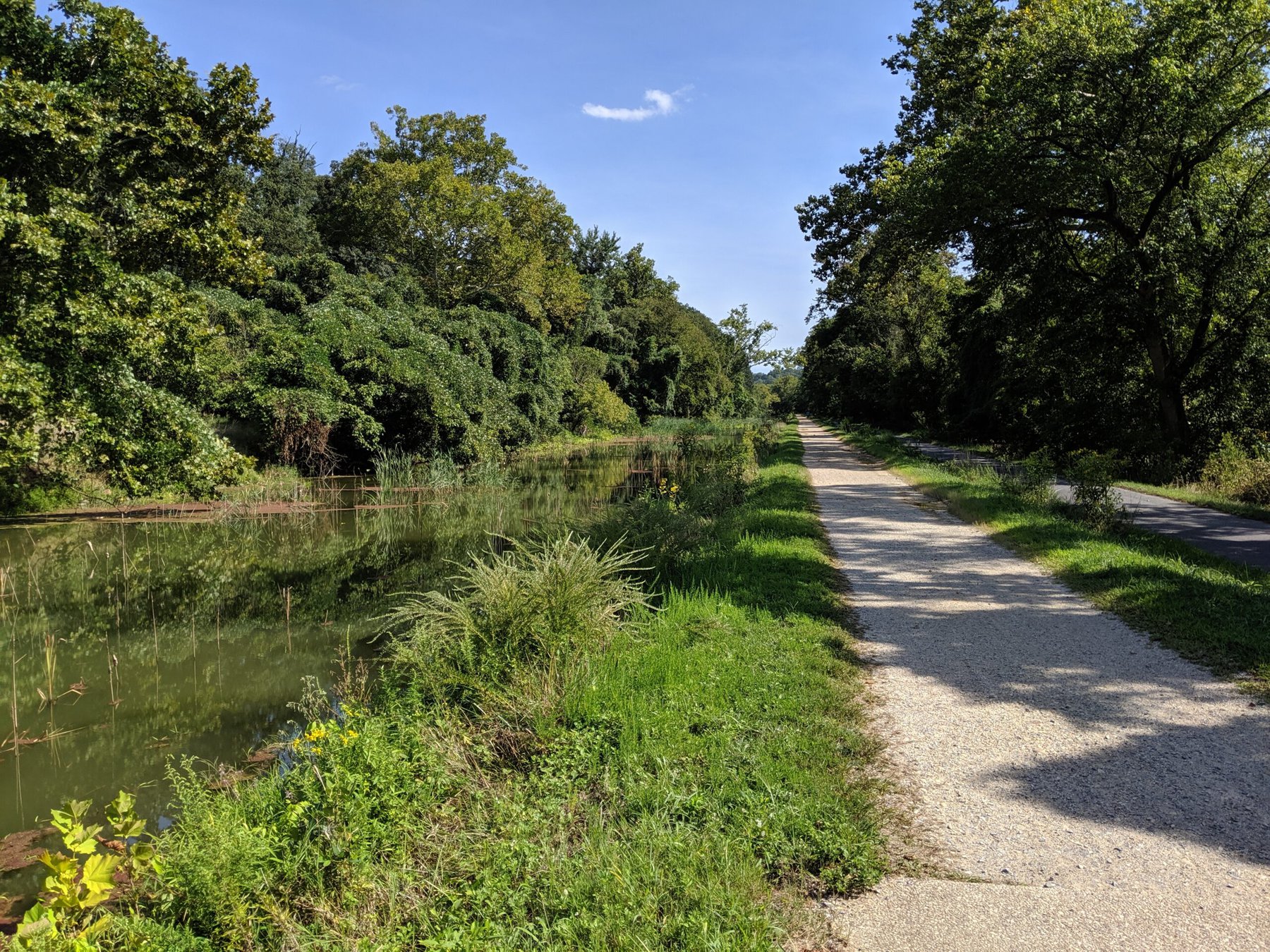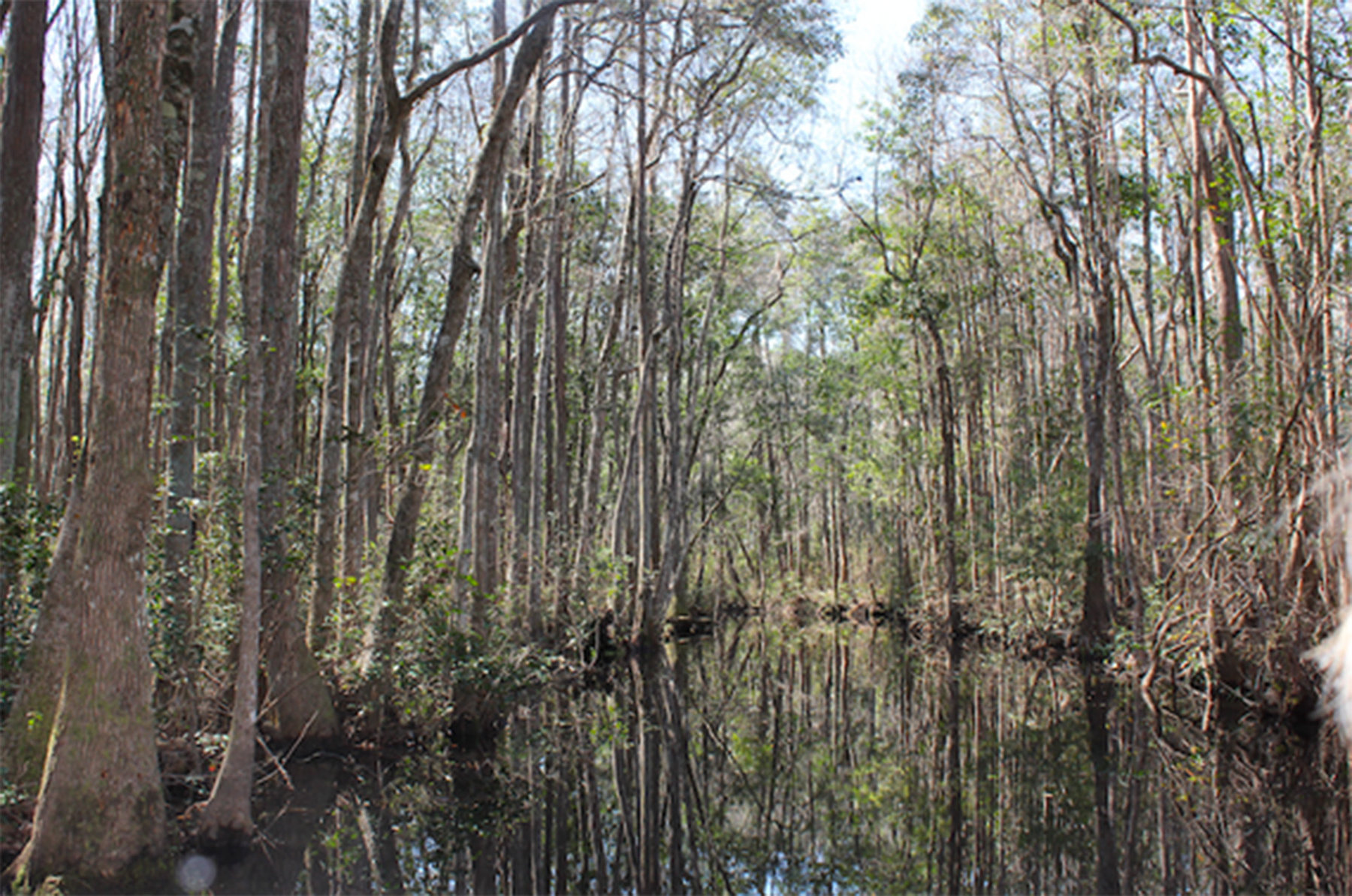On a warm Wednesday morning in August, Mike Vaughn leads us into a conference room inside the War Memorial Building in Great Falls, South Carolina. Mike, who’s a county councilmember representing District 2 in Chester County, which includes Great Falls lying along the Catawba River in the southeastern corner, introduces us to Glinda Coleman, the executive director of the Great Falls Home Town Association, a nonprofit with the mission to revitalize the area through economic and community development, and Sloan Dixon, who serves on the Home Town Association’s board.
My fiancée, and Our Towns colleague, Michelle Ellia and I are there on a reporting trip that took us through the Carolinas. Glinda, Mike, and Sloan are eager to tell us about developments and plans underway, but before getting to what lies ahead for Great Falls, Mike takes us back to the early 1800s.
Next to a historical sketching of the “View of the Great Falls of the Catawba” on the PowerPoint slide on a screen in front of us is a quote by historian, politician, and physician David Ramsay from his History of South Carolina, published in 1809.
“Nothing in South Carolina is equal to the (Great) Catawba falls,” Mike reads to us. “The wildness of the steep and rugged rocks … the waterfalls which are heard pouring down in different places of the precipice, with sounds various in proportion to their respective distances and descents – the hoarse hollow murmuring of the river running far below the summit of the rocks and of the adjacent surface of the earth, are objects well calculated to excite emotions of wonder and admiration in the mind of spectators.”
Mike pauses, takes a breath, and cracks a smile before concluding: “The scenery is sufficiently grand and curious to attract the visits of the most distant inhabitants of Carolina.”
“That line right there shows you we were destined to have nature-based tourism as our economic development,” Glinda says, bringing us back to present ambitions for the near future: Make Great Falls an outdoor recreation destination.
Industry and Nature Tell the Story of Great Falls
Ramsay’s observation was right nearly a century after he wrote of the ‘Catawba falls,’ and more than a century before we arrived in the town.
In the early 1900s, the falls attracted JB Duke, who saw the potential to harness energy from the water with hydro stations. In 1907, the Southern Power Company, which would later become Duke Energy, opened the Great Falls Hydro Station, the company’s first hydroelectric construction project.
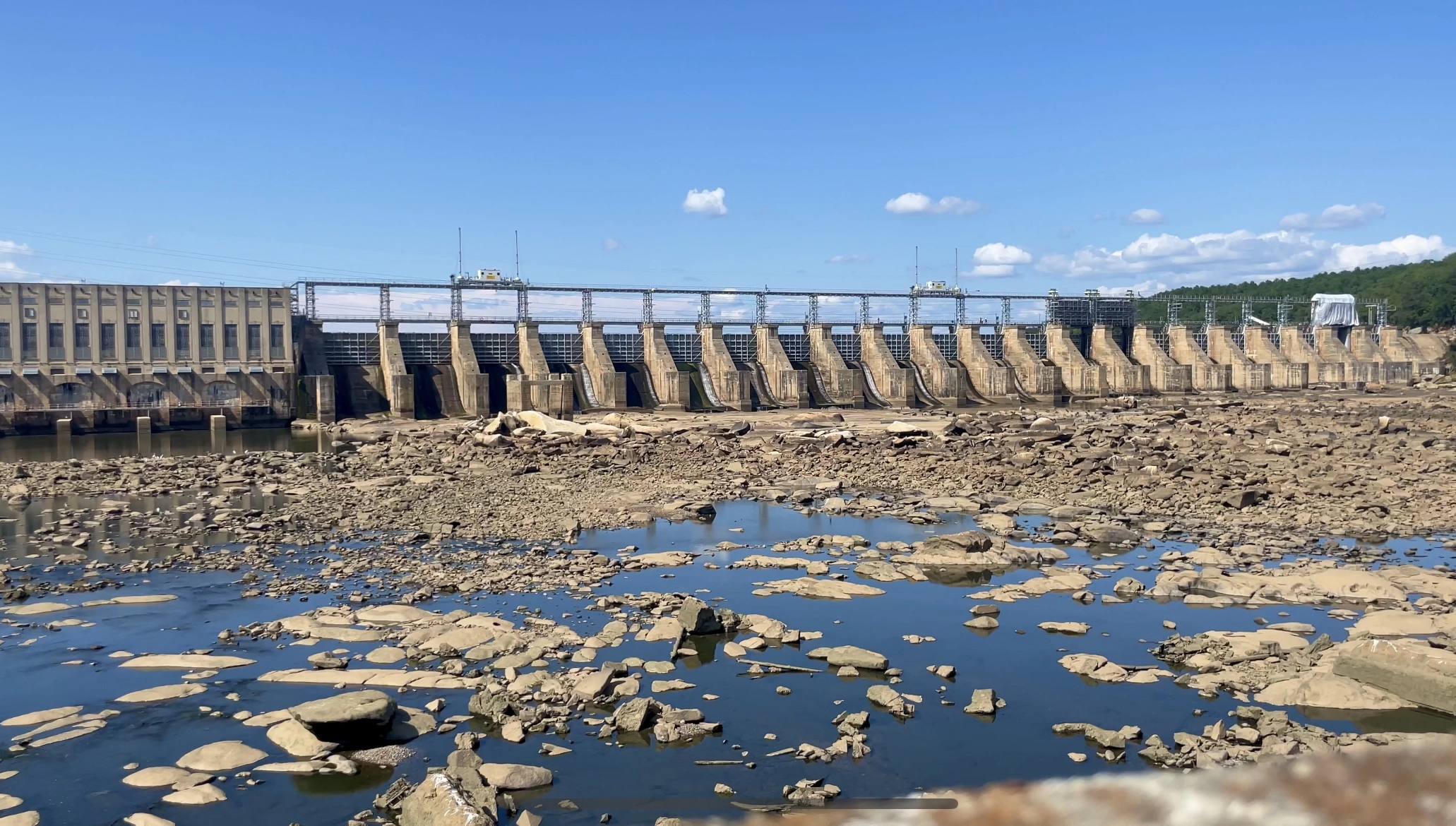
In addition to the power plant, JB Duke founded three Republic Cotton Mills, which drew people away from the fields of an agriculture-based industry and into the industrial-era maker workforce. This led to the creation of the town of Great Falls, and its 20th century identity as a mill village.
By 1950, over 3,500 residents called the company town home. But the textile industry in Great Falls went the way that many mills went throughout the region – shrinkages or shuttering. And so went any population growth, giving way to a decline to some 2,000 residents today. Some people who’d come from the farms to work in the mills picked up to follow work wherever it would go next. Others stayed.
Companies and industries may have a heavy hand in scripting the history, present, and future of a town or region. But so can natural assets. In Great Falls’ case, just as it was a century ago, both hands still hold the pen today. Duke Energy and the water are writing the town’s next chapter: An outdoor recreation destination.
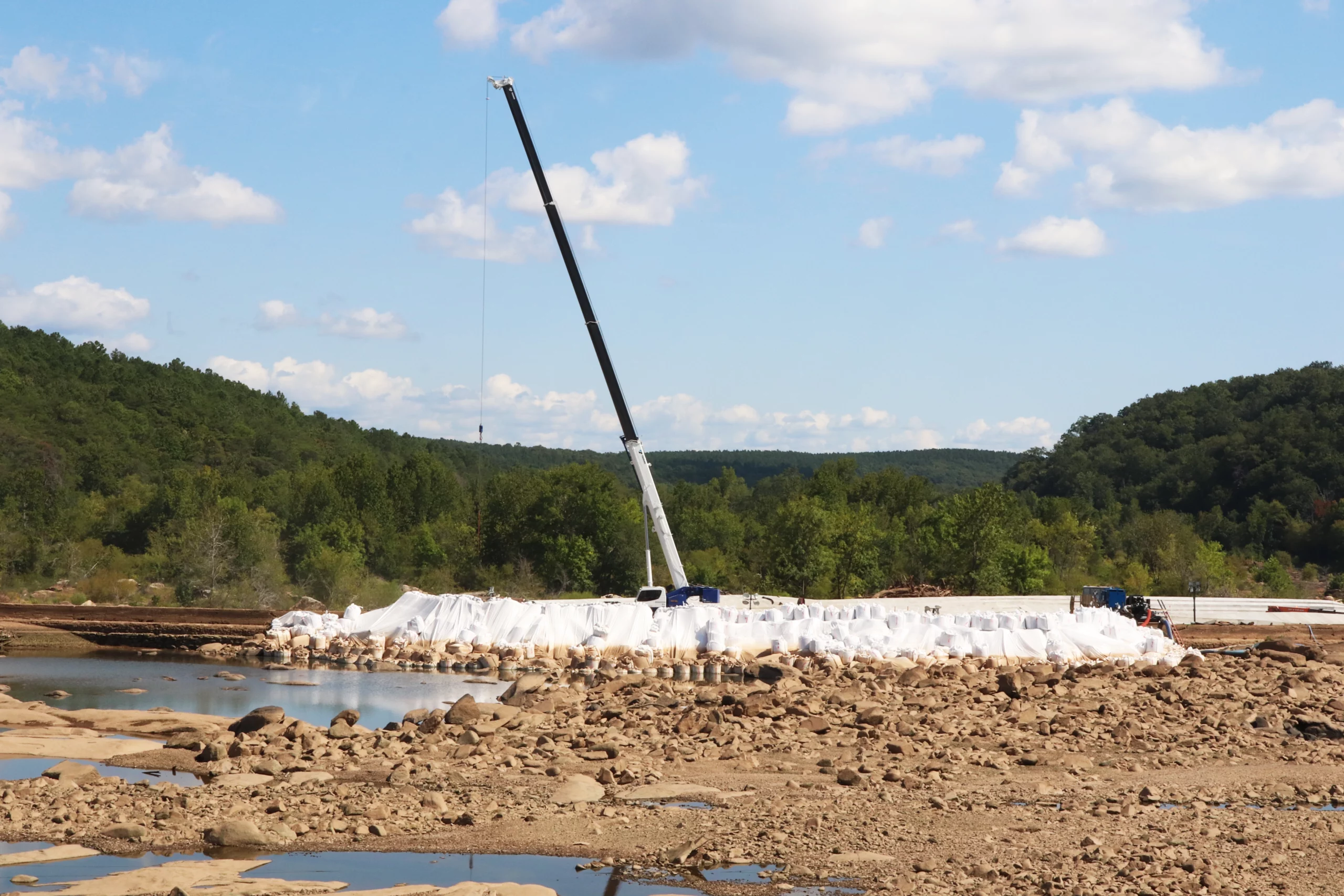
A New Whitewater Attraction
Back in August, we saw Duke’s construction efforts for the Great Falls Recreation Flow Release Project with two channels along the Catawba River to create whitewater through scheduled controlled releases. But it had been a work in progress for nearly 20 years. In 2003, Duke first gathered area stakeholders to explore a Comprehensive Relicensing Agreement (CRA) in Great Falls after having already begun promoting outdoor recreation on sites to the north of Great Falls, Glinda told me.
Progress dripped slowly but steadily, with various bureaucratic twists and turns from the local to the state to the federal levels over the years, but Great Falls community leaders and residents kept at it and committed to playing the long game. By 2017, construction to re-water the channels began, and on Saturday, March 18, 2023, public access opened, and kayakers, rafters, stand-up paddle boarders, and onlookers headed to the river for the first weekend of whitewater.
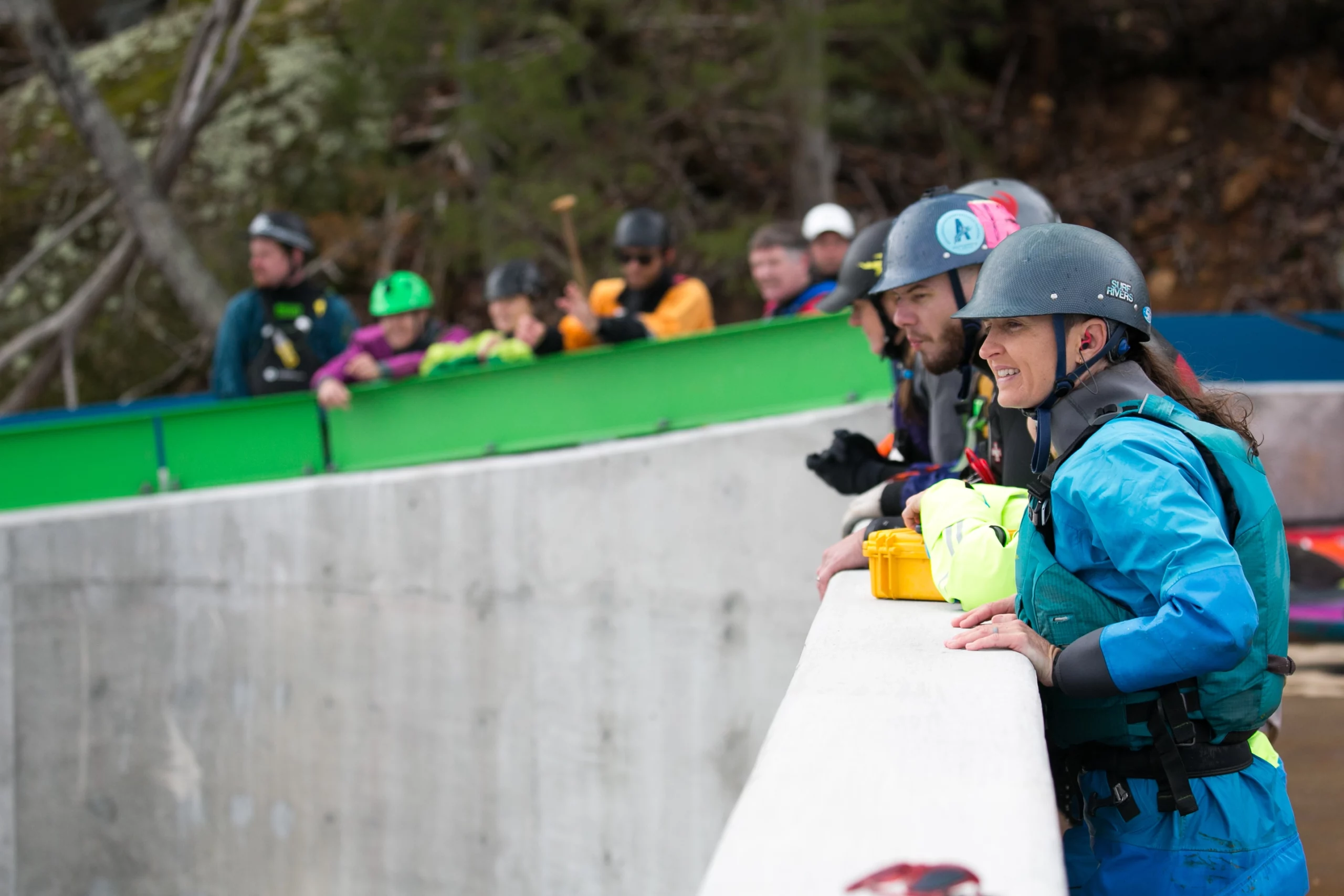
“I appreciate you being here today for the first day the whitewater is flowing in Great Falls, South Carolina,” I watched Mike tell a cheering crowd gathered at the launch thanks to a video Cynthia Curtis, the community investment officer at the Arras Foundation, a nearby health legacy foundation in service to the wellness of area residents, sent me. “This is a monumental day for this town. I look for things to really change, and I know all of you do, too. This is going to bring a new beginning for Great Falls, and I’m just glad we are all able to share in it. We’ve been blessed to have that Catawba River running through the town.”
On a call the week after the opening, Mike told me the 100-space parking lot near the put-in was full. Glinda estimates some 200 people were there. Both said that those they talked to during the day – from locals, to visitors from Columbia, South Carolina about 50 miles to the south, to Charlotte, North Carolina about 55 miles to the north, and from farther out of state and region, like a surfer from Colorado Mike spoke with — were excited for the opening, and for what’s to come.
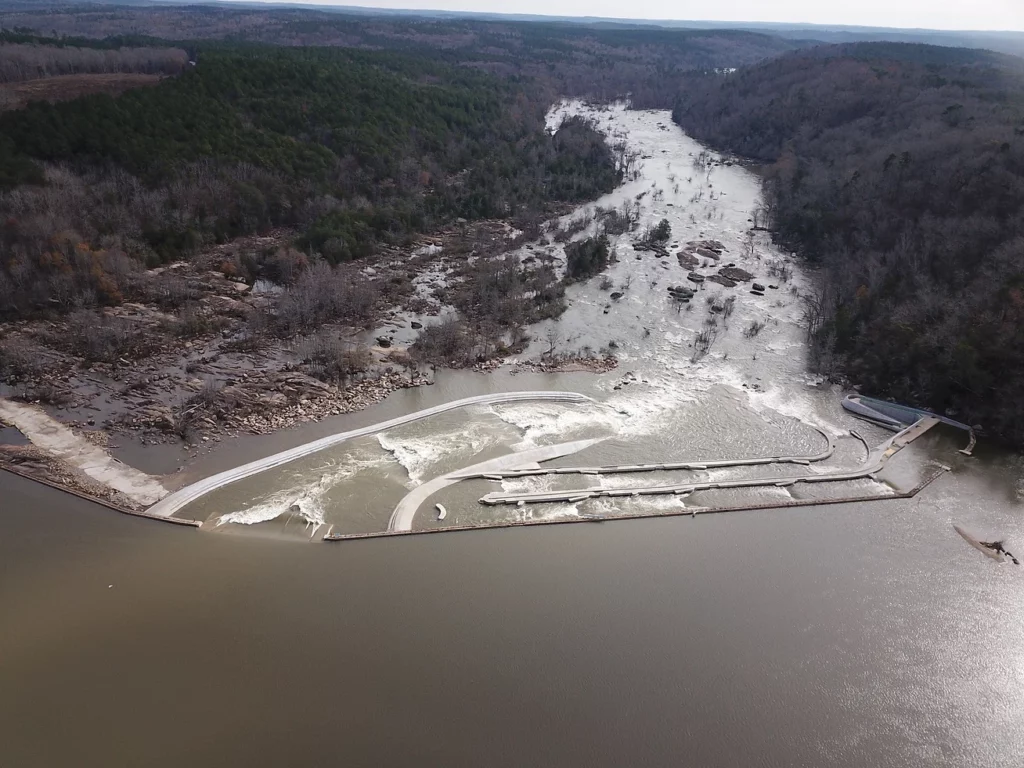
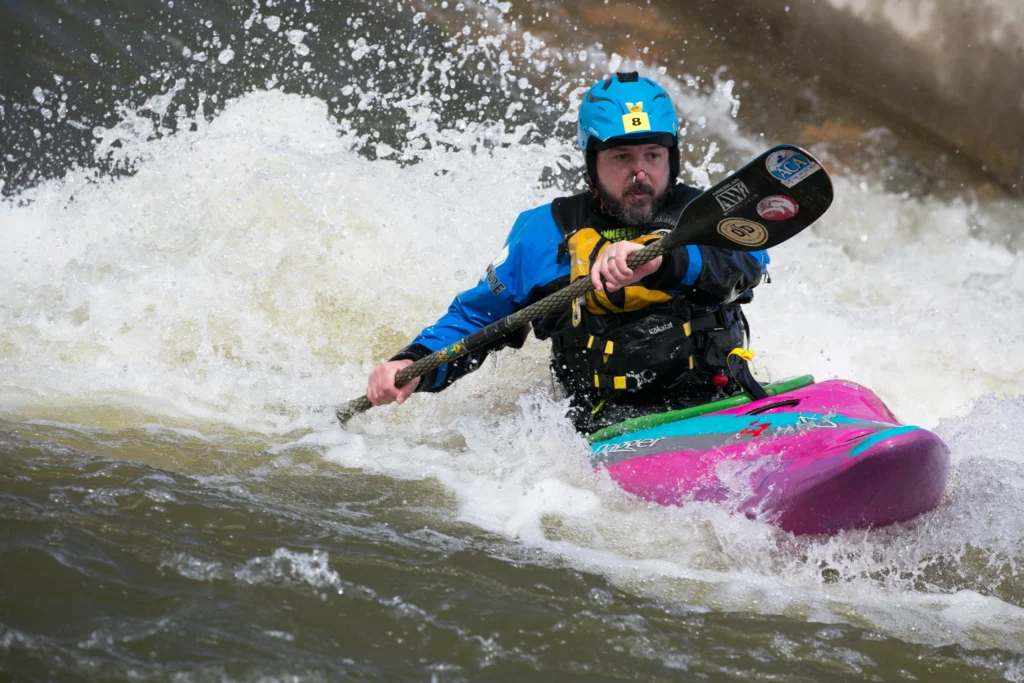
The long channel, which runs about two miles and is now open, features Class II and III rapids accessible on the weekends with the scheduled releases. The short channel, running about three-quarters of a mile, will offer Class III and IV, with a projected opening in May.
Neither channel is for novices, as both require some experience and skill to navigate. But all are welcome to watch.
“This is just the beginning,” Glinda reminded me on a recent phone call.
More than Whitewater
Visitors and locals can now also tour the Nitrolee Interpretive Center, a hollowed-out brick structure formerly used by the power company renovated with plaques that teach the history of the site and the area, tucked a hundred or so yards down a trail near the Nitrolee Access Area off Catawba River Road. And there are beginner-friendly calmer waters for fishing and floating — like Michelle and I did when we visited in August — throughout the area.
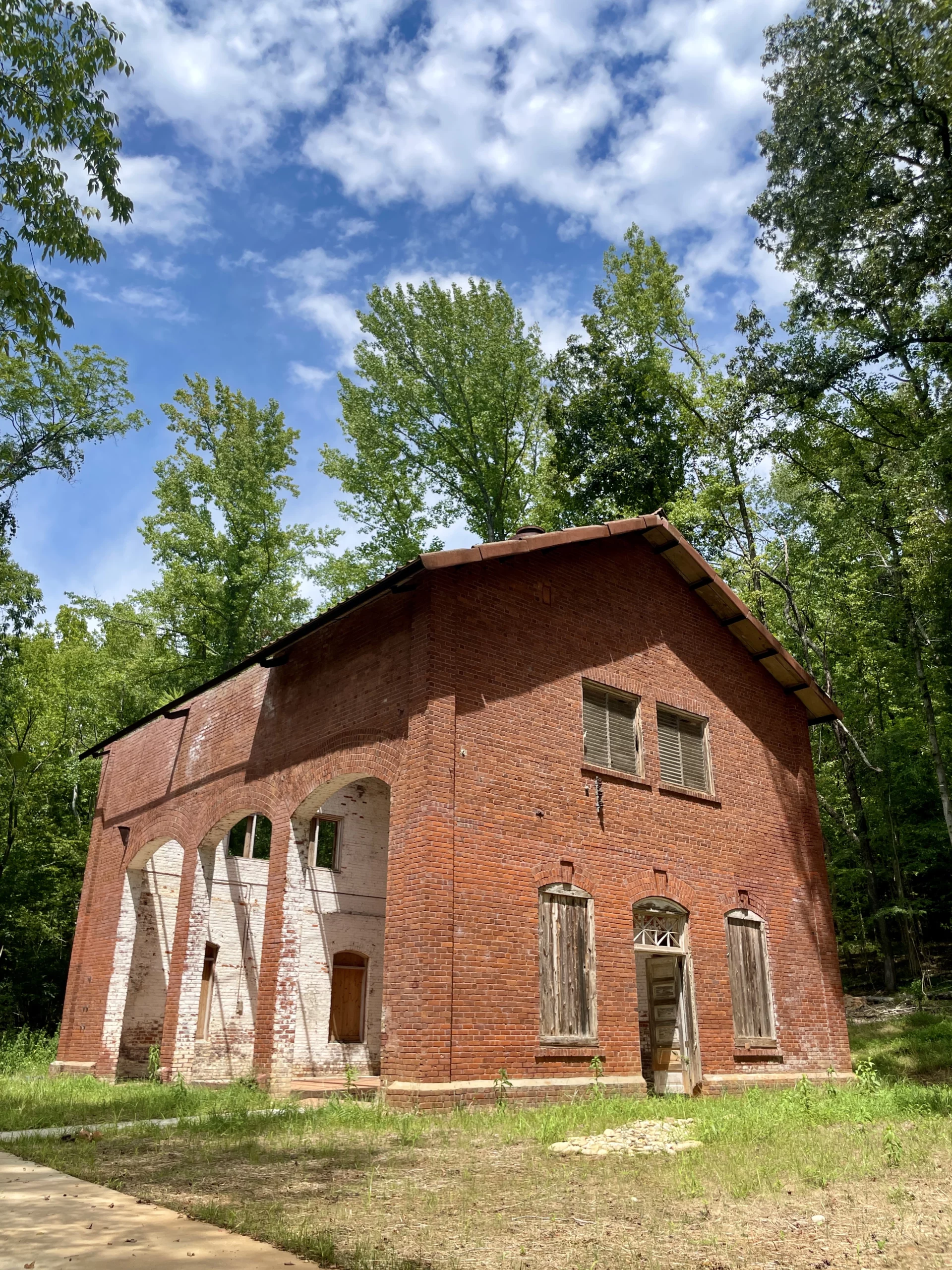
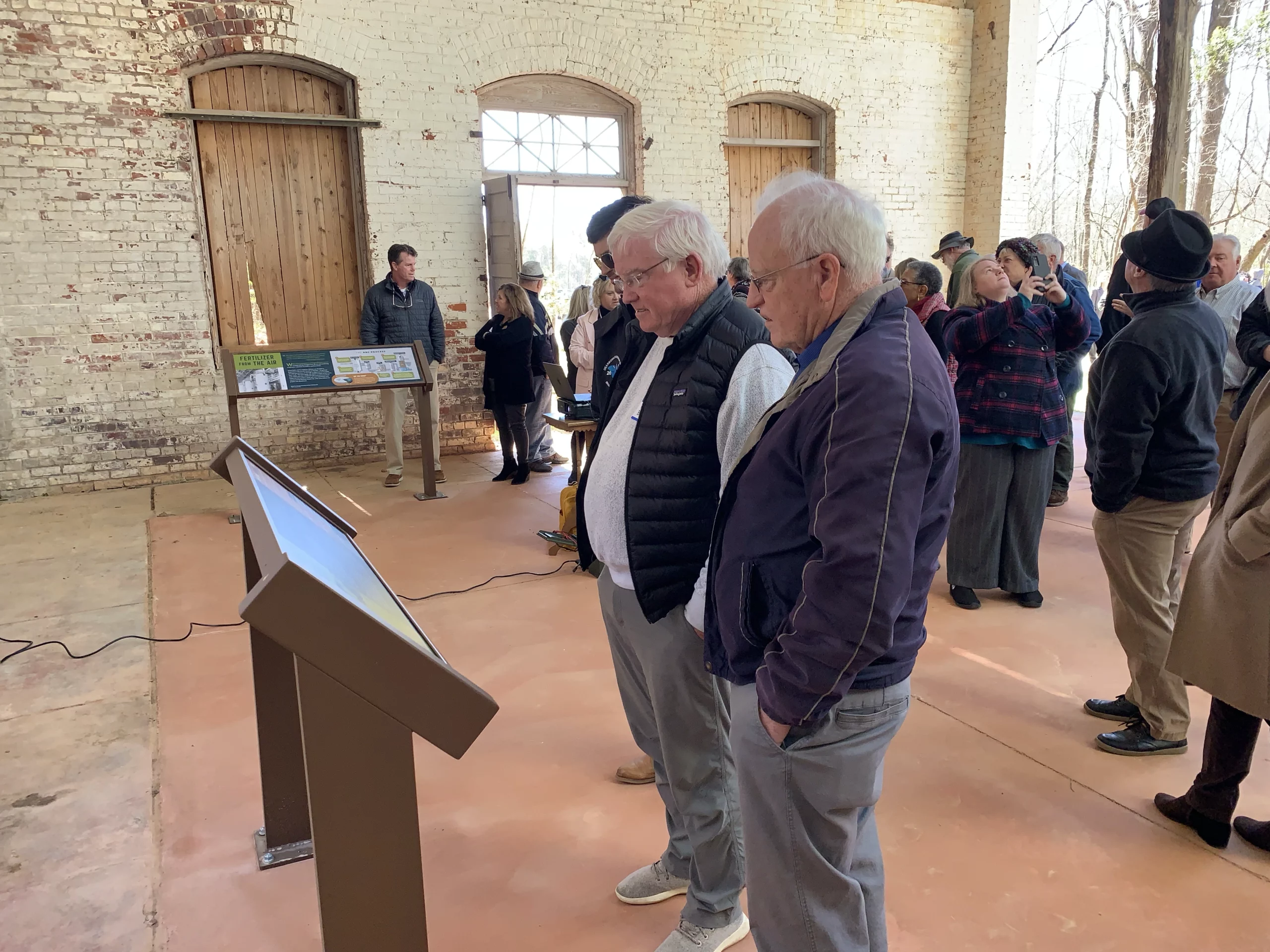
On the horizon for 2024 is the linking of Great Falls to the Carolina Thread Trail, a regional network of trails that connect an estimated nearly 3 million people in 15 counties in the Carolinas, Mike told me. When it opens, Great Falls would become the southern terminus for the north-south spine of the trail.
A new state park has also been under development, and is projected to open in the coming years. As part of the CRA, Duke will fund and construct the park on the islands in the Cedar Creek Reservoir (known as Stumpy Pond), beginning with Dearborn Island.
There are also plans underway – using funding voters approved from the Chester County Capital Improvement Sales Tax referendum (otherwise known as a ‘Penny Tax’) – to transform the Belk Building – once the company store – on Dearborn Street, the town’s main street, into a multi-purpose visitors center, state park office, an exhibit space, and retail.
When it comes to the recent success of launching the whitewater, and development to come, Glinda credits residents and stakeholders working together.
“From the Great Falls Home Town Association, to Town of Great Falls, to Chester County, to the Katawba Valley Land Trust, to the Carolina Thread Trail, to Duke Energy, to the South Carolina Department of Parks, Recreation, and Tourism, to the South Carolina Department of Natural Resources, to Arras Foundation – a lot of people and organizations are making this change and growth possible,” Glinda told me.
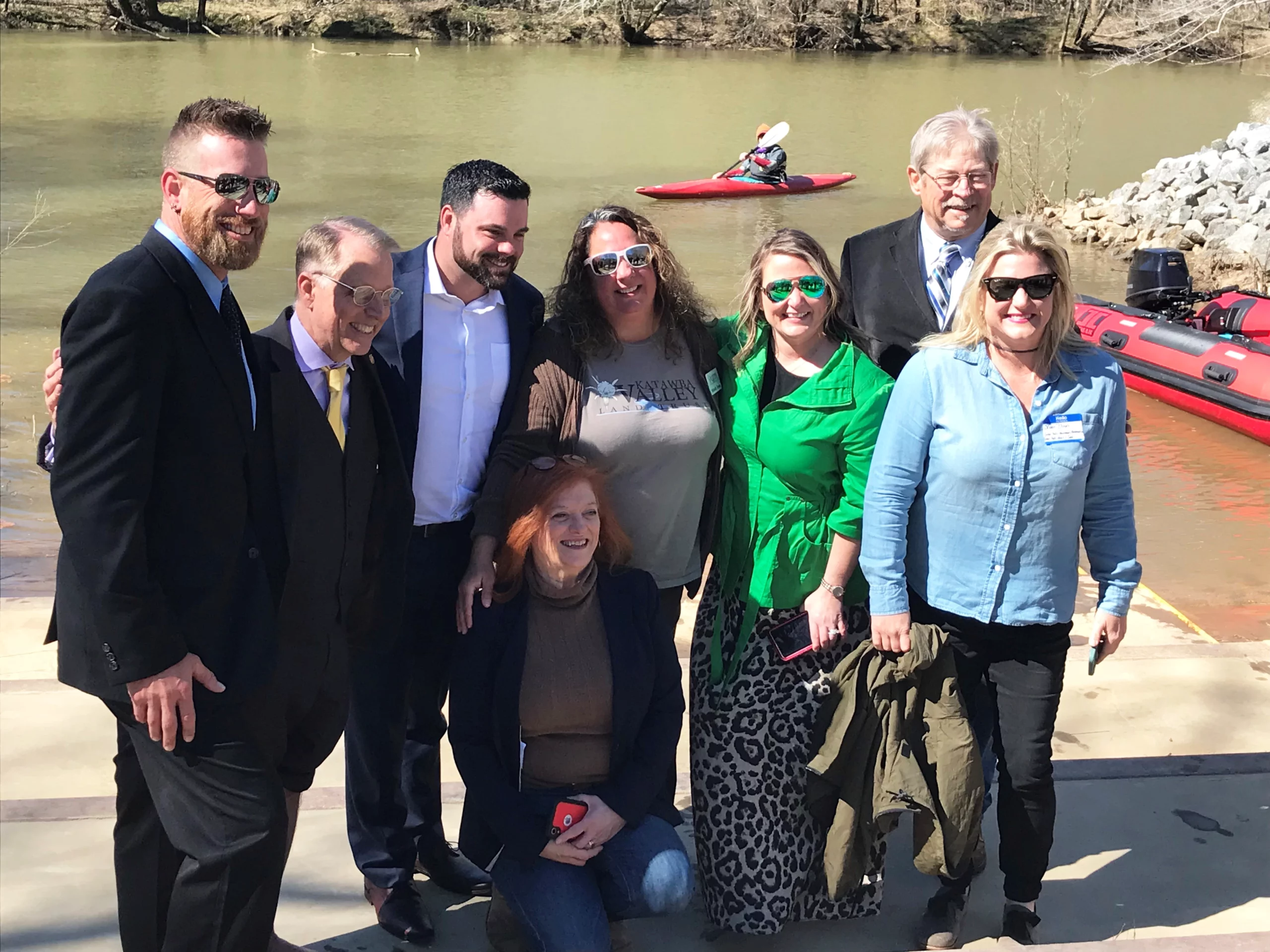
‘Make the Town Their Own’
On the same day the water opened to the public, the town held its first “Taste of Great Falls.” A street festival in the downtown area, Taste of Great Falls welcomed some dozen vendors, including food trucks, and pop-up booths for nonprofits, like the Home Town Association, where Glinda was the day of the whitewater launch, and the Great Falls Heart & Soul table, where Sloan sat inviting residents to learn about the resident-driven process to help guide community development.
Looking for a way to empower inclusive community development in the region, leadership at the Arras Foundation had learned about Community Heart & Soul. Residents of both nearby Fort Lawn and Kershaw expressed an interest, and the Arras team committed funding to bring the model to South Carolina in 2017. (Community Heart & Soul is a partner and supporter of Our Towns reporting.)
Talking to residents of Fort Lawn and Kershaw about their experience, Great Falls residents decided they, too, wanted to adopt the model. The town government used American Rescue Plan Act funds to match the Community Heart & Soul $10,000 seed grant, Mike told me, and the Great Falls Heart & Soul group officially launched in the fall of 2022, with Arras’s support here, too, deploying Community Investment Officer Cynthia Curtis, who prior coached the town of Kershaw, as Great Fall’s Community Heart & Soul coach.
When I checked back in in March, Sloan, who, along with Mike, volunteers on the Great Falls Heart & Soul team, told me they’re still early in the process, and the downtown festival helped serve as a space to introduce some residents to the process, or keep connected with others, to keep building momentum.
“Great Falls Community Heart & Soul is definitely bringing people that normally don’t have a voice, or are not included, or are trying to figure out how they want to be involved in the community to the table,” Sloan told me. “This is a vehicle that will really help residents make the town their own and give voice to what they want. We really want them to be able to do that.”
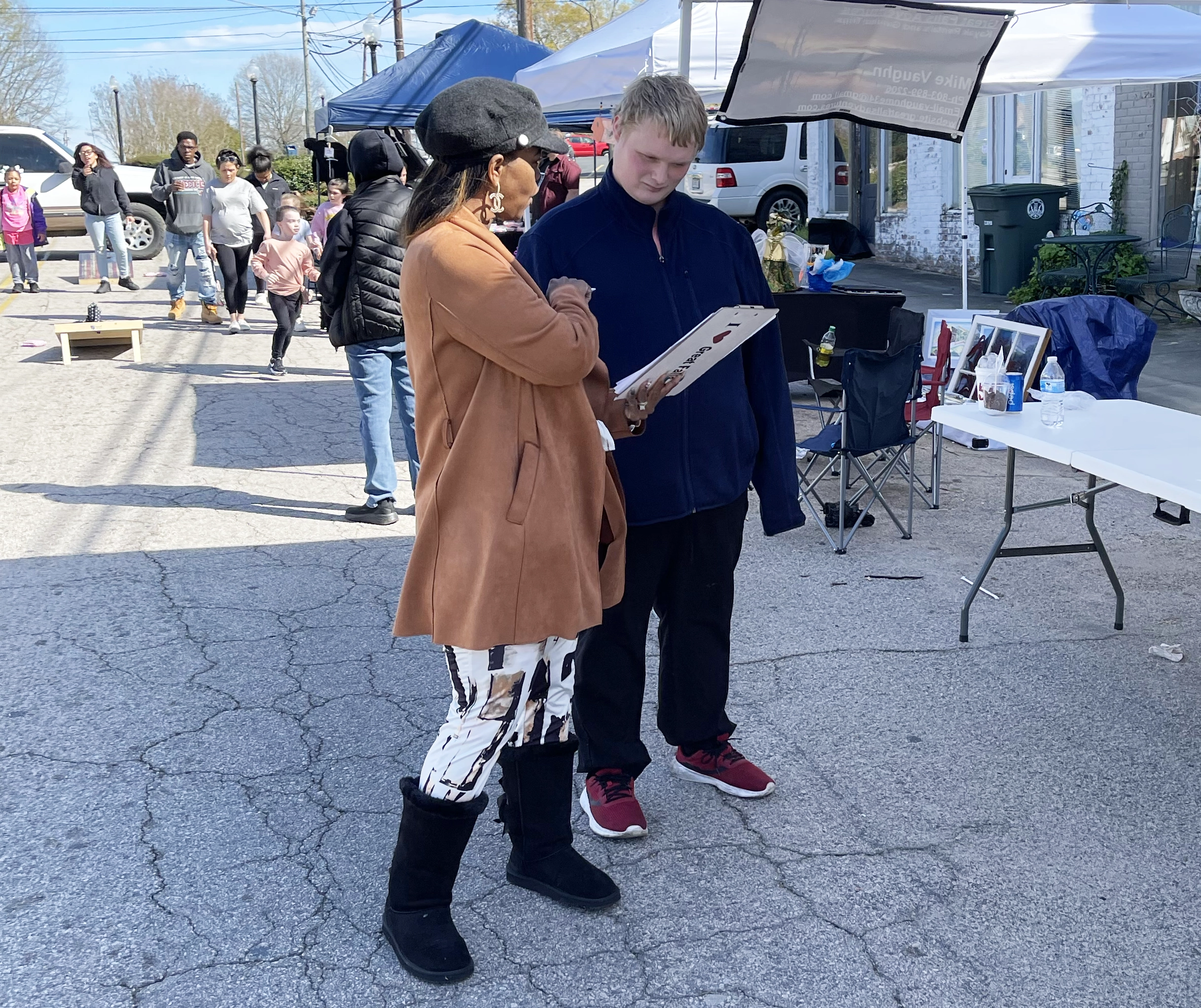
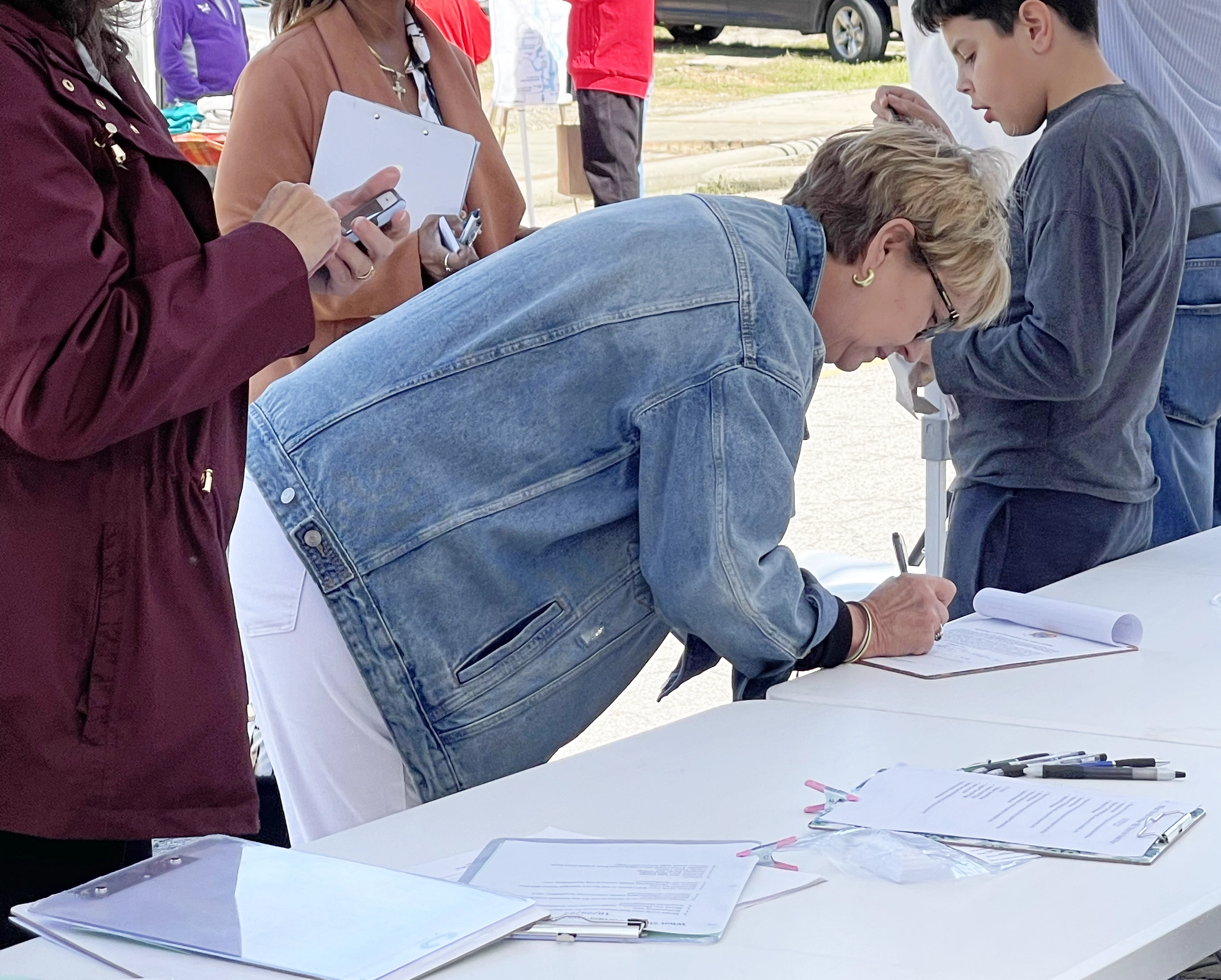
A New Identity is Emerging
Just a few weeks into the first of two stretches of whitewater being open to the public with plans for a state park, trails, and visitor center yet to come, it is, of course, too early to measure the impact, and to know the outcomes of the nature-based tourism efforts in Great Falls. What is known, however, is the town is, and will continue to be, changing.
There’s already anticipation that outfitters will arrive, looking to create new businesses. Where will they set up shop? Businesses – retail and restaurants – frequented by locals are likely to see an uptick of patronage from out-of-towners. Are they ready? Will they welcome it?
One way to find out is to ask, and then to listen, and then act on the information gathered.
“Heart & Soul could be useful to the town in gathering information to look at when they’re making hard decisions,” Mike told me when thinking about how local leaders will make decisions on local ordinances, like where to zone retail, or how to help create camping sites.
For locals, it creates a platform to have a say in the town’s emerging identity.
“They don’t want to have to travel outside of Great Falls for things,” Sloan told me. “They’ve been doing that, but they’re very proud and resilient and innovative. And I’ve seen it happen, I hope it will continue to happen.”
One example Sloan offers is the Dearborn Wine and Tap, which reopened and was reinvented by a second-generation Great Falls resident in the fall in anticipation of the coming change. On March 18, according to Sloan and Mike, the place was packed with locals and visitors alike.
“They see a need for some kind of thing, and they go do it. They make it happen,” Sloan told me of Great Falls residents. “They’re just kind of relentless that way, which I found very surprising and refreshing.”
The natural beauty, the serene splendor of Great Falls spoke to David Ramsay over 200 years ago. It called out before that, and continues to call out still today.
The Great Catawba falls continue to help tell the tale of the town. Today’s story is also in the hands of those partners, and now the residents, and is being written anew with nature-based tourism driving economic development.

